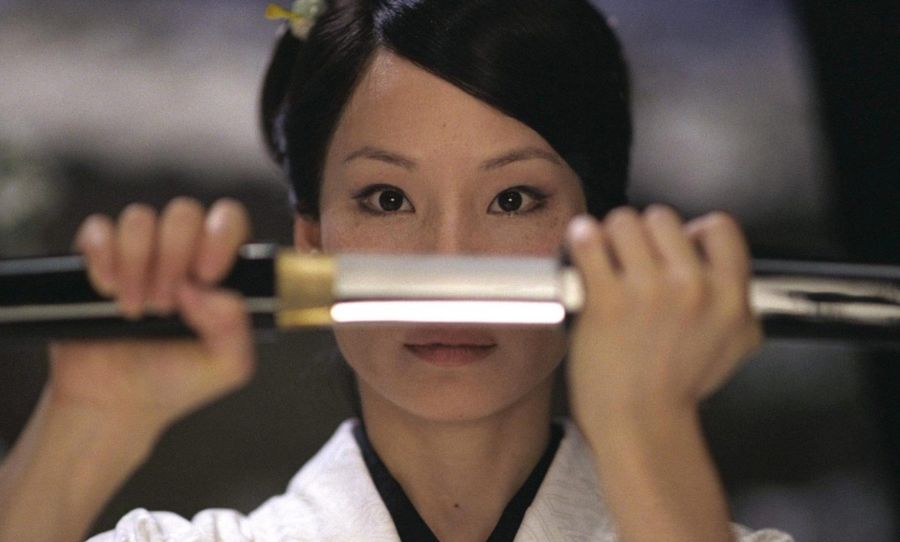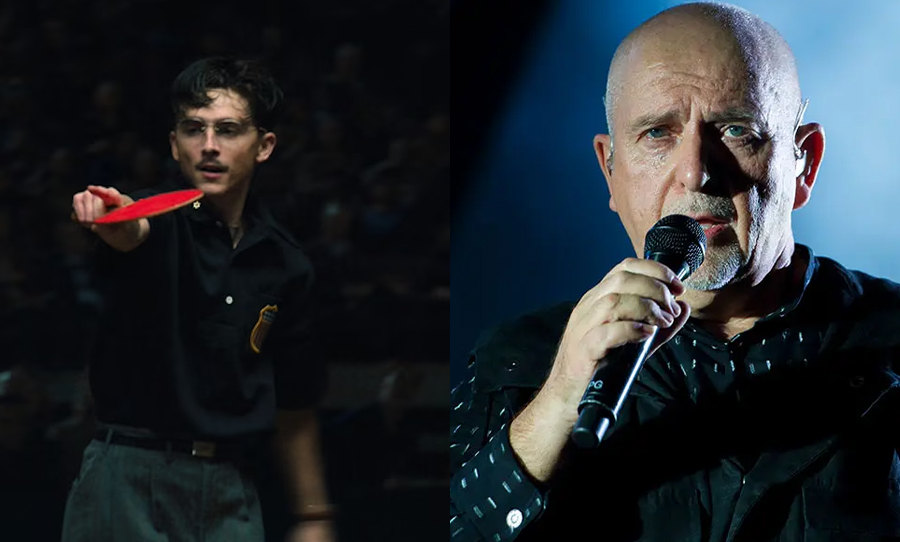Fresh off delivering his debut The Hitwoman’s Guide to Reducing Household Debt, we get into the top five hitwomen in TV and film with Mark Mupotsa-Russell
Hollywood loves a hitman. In fact Richard Linklater made an entire film about how hitmen are purely a cinematic invention and don’t exist in real life.
But that can’t compete with the legacy of Javier Bardem as the embodiment of death and eighties bowl cuts, David Fincher satirising gig economies, or four movies and an extended universe born from John Wick’s RSPCA revenge-porn.

Hitman stories run the gamut, from awards bait to blockbusters.
Hitwomen, traditionally, get shorter shrift.
Most on-screen hitwomen are trigger-happy automatons, arching their jumpsuited bodies past the camera to high-kick a slimy henchman. When it goes right though – when the effort is put in – this genre has produced some wonderful exceptions.
Characters driven by pathos, charisma, or just buckets of style. They don’t necessarily have the longest kill lists, but they make their shots count.
Here are my top five hitwomen in movies and television:
Jane Smith (Maya Erskine), Mr and Mrs Smith (2024–)
The creators of this show ran a bait-and-switch in the pilot, opening with a disconnected vignette that felt like the 2005 Brangelina source material, only darker and less fun. Then the actual show began, with a very different, naturalistic tone. Mr and Mrs Smith is about the in-between moments of being an assassin. About lonely characters locked in negative emotional patterns. But with banter. Lots of banter.
The show’s strength is in the chemistry between Maya Erskine’s ‘Jane’ and Donald Glover’s ‘John’. With Atlanta, Glover had already shown he could adapt to any style, so Erskine’s performance is the real revelation. Through cutting dialogue and deadpan looks, Erskine conveys ambition, vulnerability, spikiness, horniness, potential psychopathy and millennial ennui. In the hands of weaker writers, Jane would have simply been a hyper-competent type-A. Instead she has these traits, but recognises they’re a cliché and is just as tired of them as us.
Lorraine Broughton (Charlize Theron), Atomic Blonde (2017)
Atomic Blonde is … less subtle. It’s a double-crossing, neon-soaked slugfest in Cold War Berlin, on the eve of the Wall coming down, sound-tracked by David Bowie and NENA. Imagine John le Carré’s George Smiley, dosed up on steroids and ketamine, wading through intrigue to glass a Russian double-agent.
This film is so much better than it needed to be. Director David Leitch (a producer on the John Wick franchise) achieves the perfect story-to-stunt ratio. The visceral action sequences never detract from the characterisation or from a plot that yanks us by the nose through its twists and turns. Theron’s Lorraine is the perfect vehicle to careen through this narrative, offering physicality and wit in equal measure. Disgruntled and reluctant, she can’t hide contempt for her micro-managing superiors. In her eyerolls, she is all of us – This inter-agency interrogation could have been an email!
Villanelle (Jodi Comer), Killing Eve (2018-2022)
Ever since that first season of Killing Eve – created and co-written by Phoebe Waller-Bridge – Villanelle has been the go-to screen example of a hitwoman. Jodi Comer is fantastic in this role, but it’s her interplay with Sandra Oh’s Eve that elevates the character (and show) to something special. Villanelle’s psychopathic nonchalance plays against Eve’s messy obsessiveness. Comer’s impish jokes match Oh’s wry asides. Their magnetic connection changes each of them over time, too, Eve embracing her darker side as Villanelle becomes— Not peaceful. Not kinder. Maybe a warmer psychopath?
This show is yet more proof of Waller-Bridge’s genius. It’s a masterful blend of elaborate kills and heartbreaking consequence, zippy dialogue meeting deep character work.
O-Ren Ishii (Lucy Liu), Kill Bill: Volume 1 (2003)
It’s a little sacrilegious to put a character so heavily inspired by Lady Snowblood on a list of assassins, without including Yuki Snowblood herself. But Yuki doesn’t technically kill anyone for money – her vengeance is personal. And, Hattori Hanzō sword to your throat, who would you rather watch on a Saturday night? ‘Silly rabbit, Trix are for kids.’
In Quentin Tarantino’s Kill Bill: Volume 1, Beatrix Kiddo drives the story but O-Ren brings the style. That anime introduction. Her screaming pronouncement, decapitated head in hand (‘Now if any of you sons of bitches, got anything else to say’). Her gang’s hallway walk, second only to Reservoir Dogs for its iconic cool.
But it’s the final showdown with Kiddo where O-Ren truly shines. This might be the most purely cinematic sequence Tarantino has produced. The crunch of snow under wooden sandals, katana steel glinting in moonlight, the rising tension of a bamboo water feature’s sporadic thonk. And it all turns (spoiler alert) on the emotional beat when Kiddo cuts O-Ren’s leg, causing O-Ren to switch from mocking condescension to respect for a fellow warrior. Right before she gets a too-close haircut.
Nikita (Anne Parillaud), La Femme Nikita (1990)
In making La Femme Nikita, Luc Besson inspired endless imitators – most notably himself. Besson has put contract killers at the centre of over a dozen films or television shows, but it’s this original hitwoman journey that he recreates most faithfully, again and again: a beautiful, crime-adjacent young woman is introduced to a shady world of killers by a male mentor; havoc ensues. Nikita was adapted into an English language film (Point of No Return, 1993) and two TV shows (1997–2001 and 2010-2013), then Besson riffed on this same structure in Colombiana (2011), Lucy (2014) and Anna (2019).
None of these can touch the original, though.
La Femme Nikita is a gritty masterpiece, completely unsentimental about its characters’ morality or actions. The tone is mixed – verging on messy – as it veers from funny, to sexy, to violent, nihilistic, silly, operatic and depressed. Nikita stands at the centre of this chaos, in a cocktail dress and cheap wig, desperately seeking tenderness. Parillaud’s nervy performance gives us the constant dread that if this world breaks Nikita’s heart one more time, she will erupt in a primal meltdown. Then it does. And she does.
The Hitwoman’s Guide to Reducing Household Debt by Mark Mupotsa-Russell (Affirm Press) is out now.



